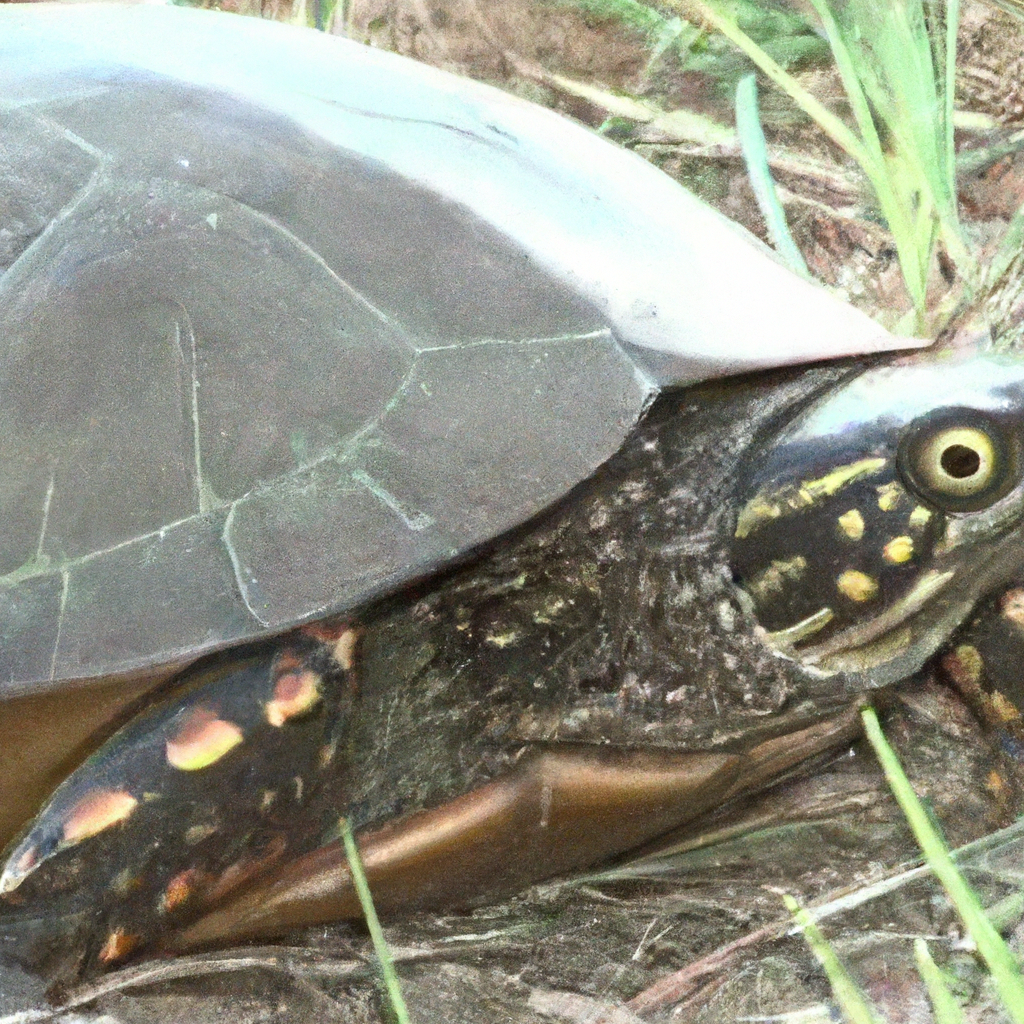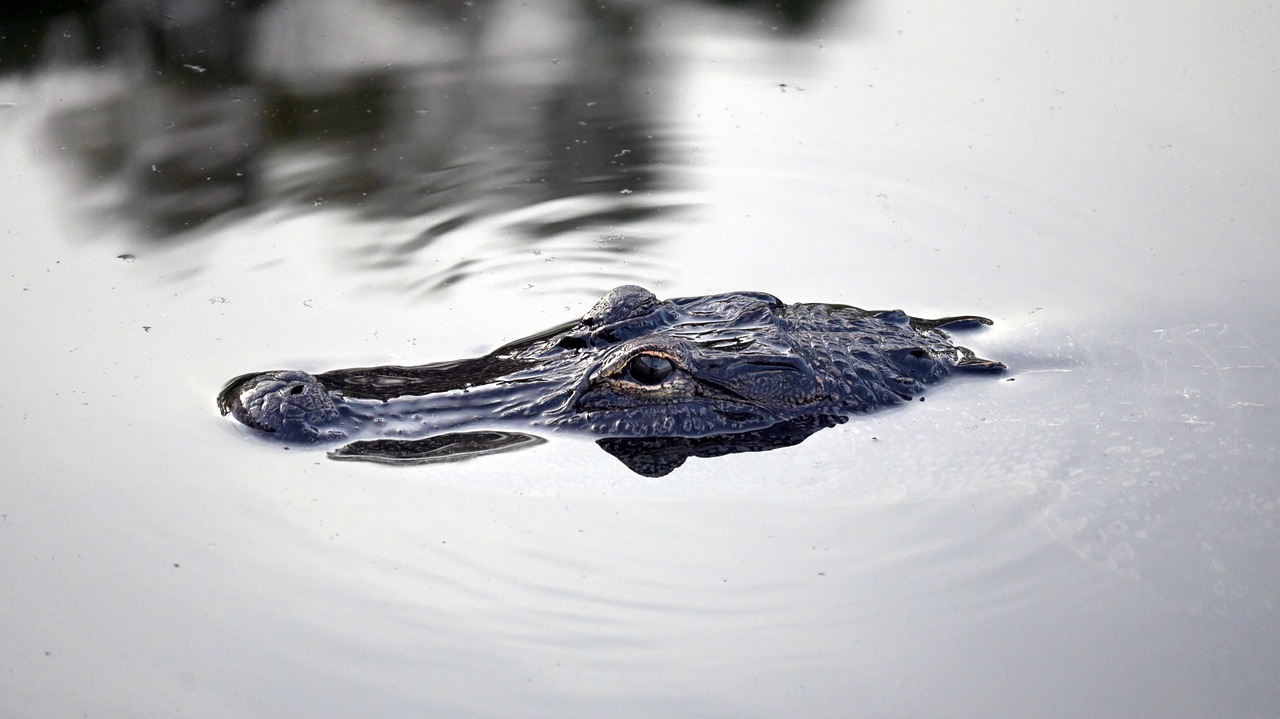Turtles, those slow and steady creatures that have become beloved pets, thrive in habitats that mimic their natural surroundings. One essential element that turtles require in their habitat is hiding places. These hiding places not only provide a sense of security for the turtle but also offer a range of benefits that contribute to their overall well-being. From reducing stress to promoting natural behaviors, providing hiding places is a crucial aspect of creating a comfortable and enriching environment for your pet turtle.
1. Introduction
When it comes to creating a suitable and fulfilling habitat for your pet turtle, it’s important to consider their natural behaviors and instincts. One crucial aspect that often gets overlooked is the provision of hiding places within their environment. These hiding places not only serve as a safe retreat for your turtle, but they also contribute to their overall well-being. In this article, we will explore the various benefits of providing hiding places in your turtle’s habitat, covering everything from natural behaviors and psychological well-being to physical health and social dynamics.
2. Natural Behaviors
2.1. Natural Instincts
Turtles have innate instincts that drive their need for hiding places. In the wild, turtles rely on concealment to escape potential predators and to find a sense of security. By replicating this natural behavior in their habitat, you are allowing them to express their instinctual tendencies, promoting a more balanced and contented life.
2.2. Security and Privacy
Hiding places offer a sense of security and privacy for turtles, helping them feel safe in their environment. By providing them with dedicated spaces where they can retreat and hide, you are reducing their stress levels and promoting a healthier mindset. This is particularly important for species that are naturally shy or more prone to stress.
2.3. Mimicking the Wild
For turtles, a habitat that mimics their natural environment is essential for their overall well-being. Hiding places recreate the nooks, crannies, and coverings found in the wild, allowing turtles to engage in natural behaviors such as exploring, foraging, and resting. By providing these hiding places, you are not only enriching their lives but also promoting a more fulfilling and natural existence.
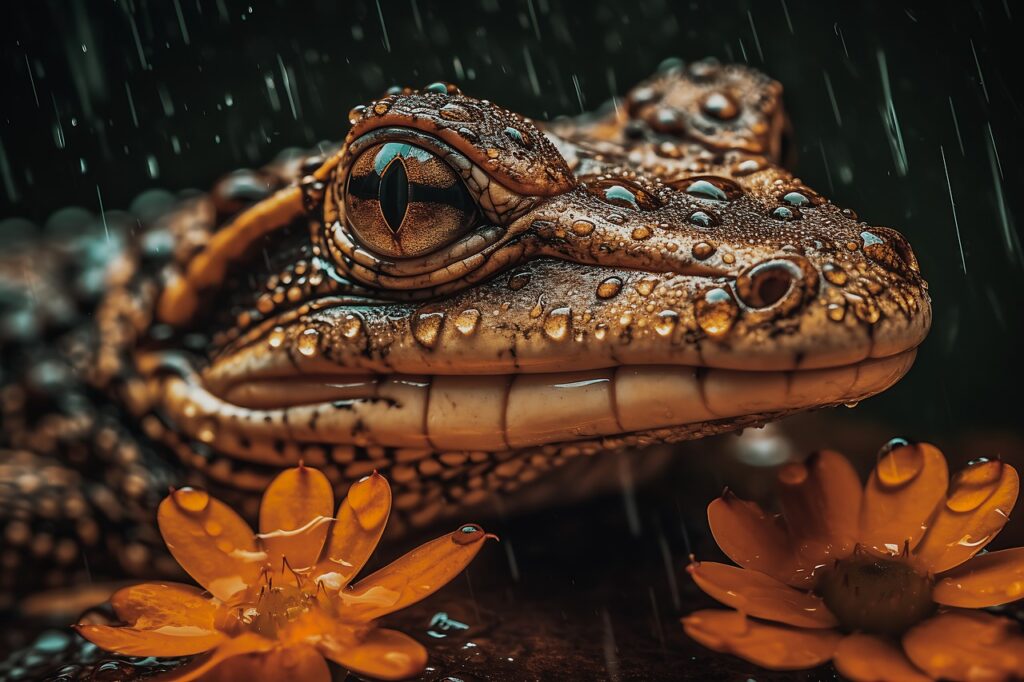
3. Psychological Well-being
3.1. Stress Reduction
Just like humans, turtles can experience stress, which can have a negative impact on their overall health. Hiding places provide an essential refuge where turtles can retreat to when they feel overwhelmed or anxious. These protected spaces help reduce stress levels, promoting a calmer and more relaxed state of mind for your turtle.
3.2. Healthy Habitat
A well-designed habitat with ample hiding places contributes to the psychological well-being of your turtle. It enables them to engage in natural behaviors, such as basking, swimming, and exploring, without feeling constantly exposed or vulnerable. The presence of hiding places creates a more harmonious environment, reducing the likelihood of behavioral issues caused by stress or discomfort.
3.3. Enrichment and Stimulation
Providing hiding places in your turtle’s habitat adds an additional layer of enrichment and stimulation. Turtles are curious creatures, and the presence of various hiding places encourages them to explore and interact with their surroundings. This promotes mental and physical exercise, preventing boredom and fostering a more dynamic and fulfilling life for your pet.
4. Physical Health
4.1. Temperature Regulation
Hiding places play a crucial role in temperature regulation for turtles. By providing appropriate hiding spots, your turtle can retreat to cooler areas when they need to lower their body temperature or seek out warmer areas to increase it. This ability to self-regulate their body temperature is essential for their overall health and helps prevent temperature-related illnesses.
4.2. Shell Protection
Another advantage of hiding places is that they offer protection for your turtle’s shell. Turtles, especially aquatic species, need spaces where they can retreat to and rest, away from potential hazards. Hiding places shield their shells from rough surfaces or aggressive tankmates, helping to prevent injury or damage to their protective outer layer.
4.3. UVB Exposure
Providing hiding places not only allows turtles to retreat from heat sources but also ensures they have access to appropriate UVB exposure. UVB is vital for the synthesis of vitamin D, which is crucial for healthy shell growth and overall well-being. Hiding places should be strategically located to allow turtles to receive both UVB exposure and the ability to retreat when necessary.
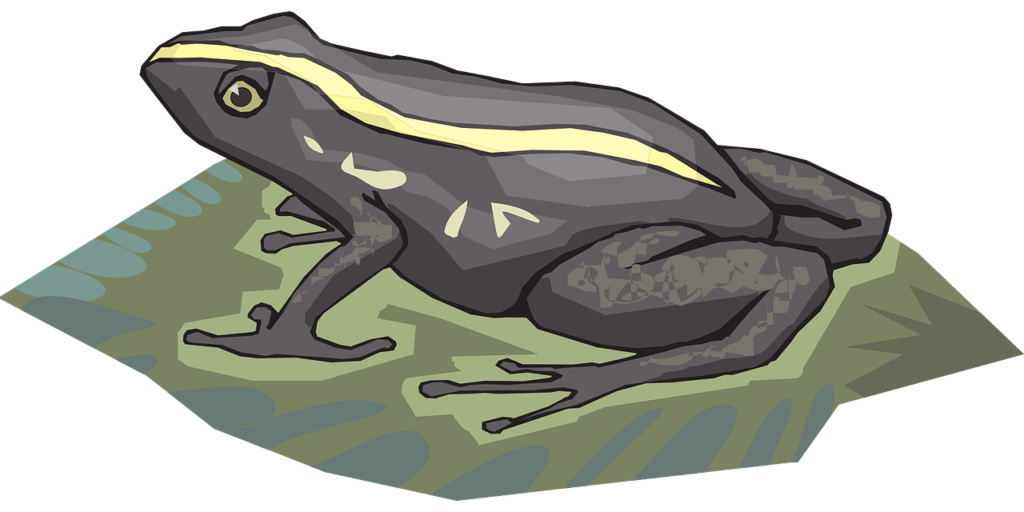
5. Social Dynamics
5.1. Safety for Multiple Turtles
If you have multiple turtles sharing a habitat, providing hiding places becomes even more important. Hiding places create separate territories and resting spaces for each turtle, reducing competition and potential conflicts. Each turtle can establish their own safe space, minimizing stress and promoting a more peaceful social dynamic within the habitat.
5.2. Reducing Aggression
Territorial aggression is a common issue among turtles, especially males. Hiding places offer an escape route and privacy for turtles during periods of territorial disputes. These hiding spots can help defuse aggression by providing a safe space to retreat to, allowing tensions to subside and reducing the risk of physical harm or stress-related illnesses.
5.3. Encouraging Natural Interactions
Hiding places also serve as natural meeting points for turtles. They create opportunities for social interactions, such as courtship and mating behaviors, that are essential for the reproductive success of your turtles. By providing hiding places, you are facilitating their natural behaviors and promoting a more socially fulfilling environment.
6. Species-Specific Considerations
6.1. Aquatic Turtles
Aquatic turtles, such as Red-Eared Sliders or Painted Turtles, require hiding places both above and below the water surface. Floating logs, submerged caves, and plants with broad leaves provide essential hiding spots, allowing them to escape the constant exposure of the water’s surface or seek shelter from potential predators.
6.2. Semi-Aquatic Turtles
Semi-aquatic turtles, like Box Turtles or Musk Turtles, need a combination of land and water-based hiding places. Providing piles of leaf litter, rock formations, and sunken logs in both the terrestrial and aquatic sections of their habitat offers hiding options suitable for their versatile lifestyle. This ensures they have the opportunity to satisfy their natural instincts both in and out of the water.
6.3. Terrestrial Turtles
Terrestrial turtles, such as Tortoises or Box Turtles, primarily require hiding places on land. These can include natural burrows, rocky formations, and dense vegetation. Creating a varied landscape with different levels, such as hills or raised platforms, allows them to explore and find refuge, replicating their preference for secure hiding places in the wild.
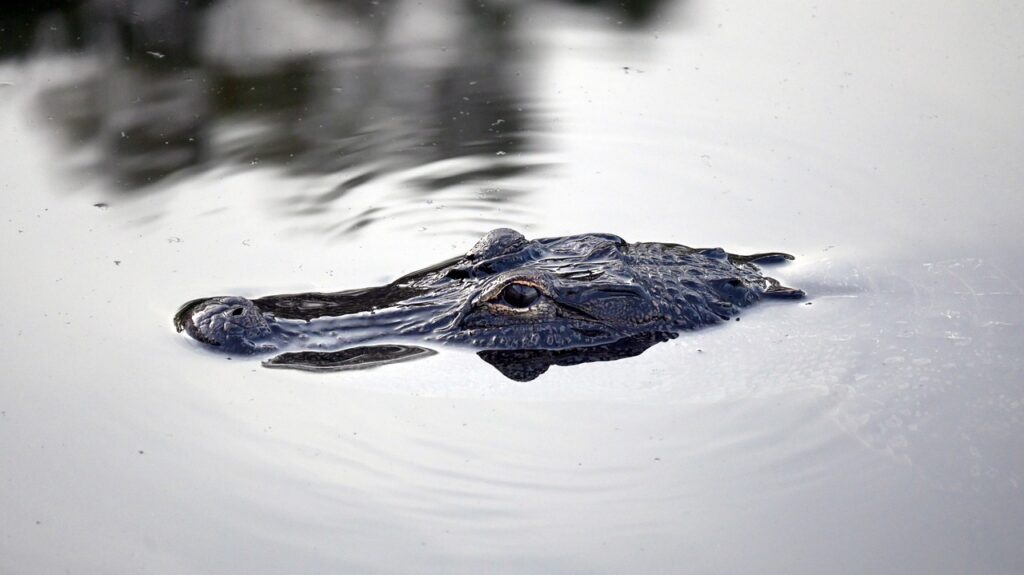
7. Habitat Design Principles
7.1. Size and Type of Hiding Places
When designing hiding places, it’s important to consider the size and species-specific needs of your turtle. Hiding places should be adequately sized to accommodate the turtle comfortably, with enough space for them to turn around and retreat fully. Hiding places can include caves, rocks, logs, or vegetation, depending on the requirements of your turtle species.
7.2. Placement and Accessibility
Strategic placement of hiding places within the habitat is crucial. Ensure a variety of hiding places are distributed evenly, allowing your turtle to access them easily and encouraging natural movement and exploration. It’s also essential to consider the accessibility of hiding places to monitor and clean them effectively, ensuring your turtle’s overall health and hygiene.
7.3. Materials and Natural Elements
Using natural materials, such as non-toxic rocks, untreated wood, or live plants, is highly recommended when creating hiding places. These materials provide a more authentic and natural habitat for turtles, while also reducing the risk of toxicity or harm to your pet. Avoid using artificial or potentially hazardous materials that may pose a threat to your turtle’s health and safety.
8. Types of Hiding Places
8.1. Caves
Caves or tunnels are popular hiding places for turtles. These can be created using PVC pipes, hollow logs, or even large rocks. The dark and enclosed space provides the necessary privacy and security for turtles to retreat to, replicating the natural hiding spots found in their wild habitats.
8.2. Rocks and Logs
Rocks and logs offer versatile hiding places that can be placed both in water and on land, depending on your turtle’s needs. Turtles can crawl under large rocks or logs, using them as a secure refuge or a basking spot. These natural elements provide not only hiding places but also opportunities for physical exercise and stimulation.
8.3. Plants and Vegetation
The strategic placement of live or artificial plants within your turtle’s habitat can create additional hiding places. Turtles can seek shelter beneath broad leaves or amongst dense vegetation, mimicking the cover provided by plants in the wild. Be sure to choose non-toxic plant species that are safe for your turtle to prevent any potential health issues.
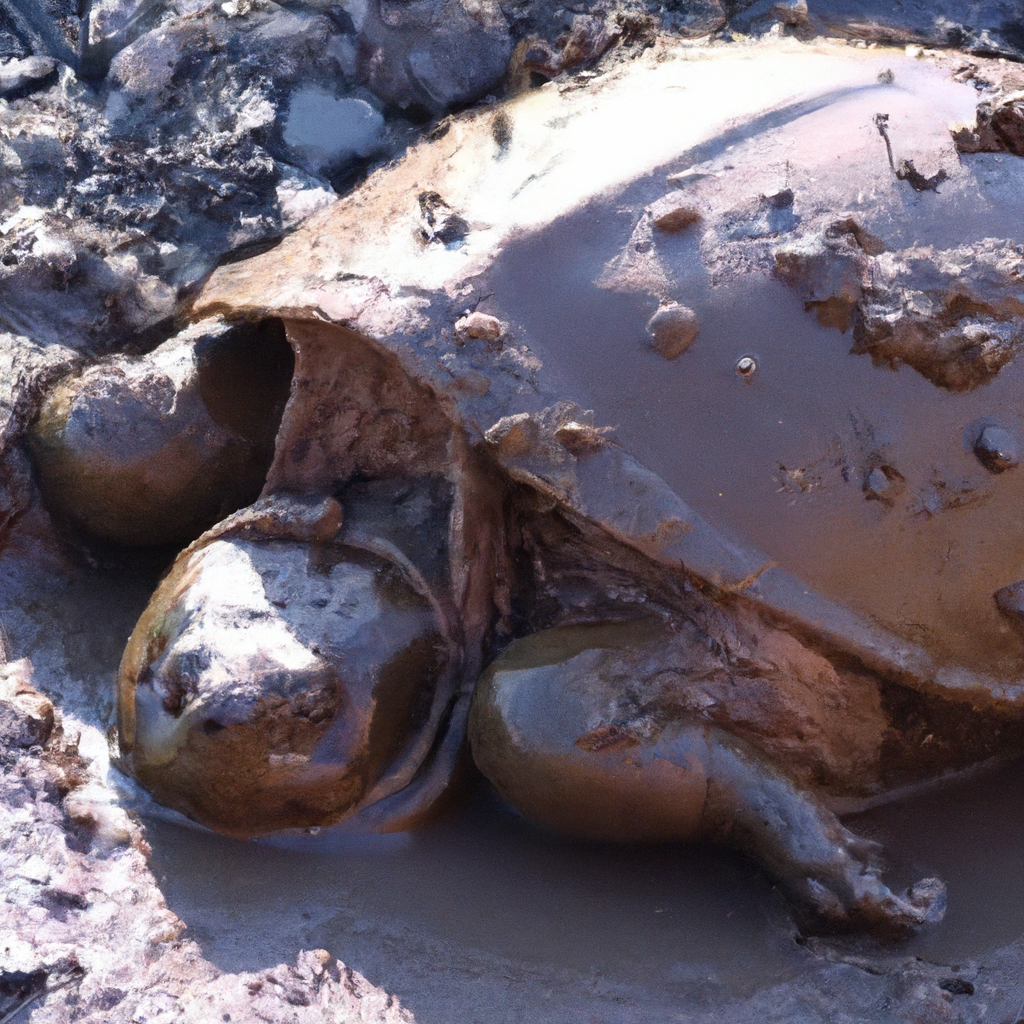
9. DIY Hiding Places
9.1. PVC Pipe Caves
One cost-effective way to create hiding places is by utilizing PVC pipes. These can be cut into various sizes, allowing you to customize the hiding space according to your turtle’s needs. Simply glue multiple sections together to form caves or tunnels, and ensure the edges are sanded down to prevent any injuries.
9.2. Natural Wood Structures
If you prefer a more natural aesthetic, consider using untreated wood to build hiding places. Stacked branches, logs with hollowed-out sections, or wooden boxes can all serve as safe spaces for your turtle. Ensure the wood is free from any chemicals or pesticides that could harm your pet, and regularly monitor it for wear or rot.
9.3. Fake Plants and Decorations
Fake plants and decorations can be a simple and effective way to provide hiding places. You can find a variety of artificial plants, caves, and rock formations specifically designed for turtle habitats. Opt for non-toxic and durable materials that can be easily cleaned and sanitized to maintain a safe and hygienic environment for your turtle.
10. Commercially Available Options
10.1. Turtle Basking Platforms
Turtle basking platforms often include built-in hiding spots. These platforms provide your turtle with a place to rest, bask, and retreat when needed. They are designed to be easily attached to the side of the tank or float freely in the water, giving your turtle the option to choose where they feel most secure.
10.2. Floating Hideaways
Floating hideaways are another popular commercially available option. These floating structures can provide a combination of basking spots and hiding places, often designed to resemble natural elements like rocks or logs. They offer flexibility in placement and can be easily moved or adjusted to suit your turtle’s preferences.
10.3. Decorative Hiding Caves
Various decorative hiding caves are specifically designed for turtles, offering a visually appealing addition to their habitat. These caves come in different shapes and designs, providing hiding options that blend seamlessly with the overall aesthetics of your turtle’s environment. Ensure they are made from safe and non-toxic materials.
By incorporating hiding places into your turtle’s habitat, you are not only fulfilling their natural instincts but also promoting their overall well-being. Whether you choose to create your own DIY hiding places or purchase commercially available options, the benefits are significant. From reducing stress levels and providing physical and psychological enrichment to creating safe spaces for multiple turtles and encouraging natural behaviors, hiding places play a crucial role in enhancing your turtle’s quality of life. So, be sure to give your turtle the hiding places they need for a fulfilling and contented existence.
